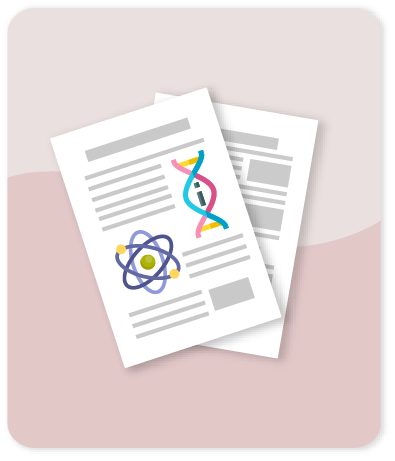Spontaneous activation under atrial fibrosis: A model using complex order derivatives

Compartir este ítem
Autor
Ugarte J.P.
Tobón C.
Saiz J.
Lopes A.M.
Tenreiro Machado J.A.
Citación
Metadatos
Mostrar el registro completo del ítemResumen
The computational modeling of the cardiac electrophysiology allows assertive and quantitative study of the atrial fibrosis under fibrillation conditions. The cardiac electrical propagation is described by the so-called monodomain model, that consists of a nonlinear parabolic reaction-diffusion equation. Fibroblast proliferation, which is an essential component of the fibrotic process, can be modeled by considering the membrane ionic kinetics as a reactive component. However, such a mathematical description does not account the structural feature of fibroblasts. In this work, the electrophysiological properties of fibroblast proliferation and coupling with cardiomyocytes are investigated, using mathematical and computational modelling. The study is focused on the conditions under which spontaneous activations occur in a fibrotic domain. The proposed fibrosis model takes account the electrical and structural interactions of fibroblasts within the myocardium. The electrical component is described through an ionic kinetics formalism, while the structural component is obtained by means of a triplet of complex order derivatives that constructs the diffusion operator. A theoretical analysis determines the model parameters that generate unstable solutions, and numerical simulations illustrate and validate the analytical outcomes. The results evince a strong modulation of the stability conditions of the fibrotic model by the real and imaginary part of the fractional derivative order. The fibrosis structural complexity, controlled by the fractional order, determines the extent of the parameter space that generates spontaneous activation. Moreover, not all the unstable parameter configurations generate electrical propagation. In the cases of electrical conduction after spontaneous activation, the conduction velocity in the fibrotic domain is significantly slower than the one observed in healthy atrial tissue. The results give a new perspective for the development of atrial fibrosis models including the ectopic activity as an initiation factor for fibrillation activity. Indeed, the proposed design exploits the complex order fractional derivatives, to generate a wide set of electrophysiological scenarios. © 2020 Elsevier B.V.
Colecciones
- Indexados Scopus [1632]
